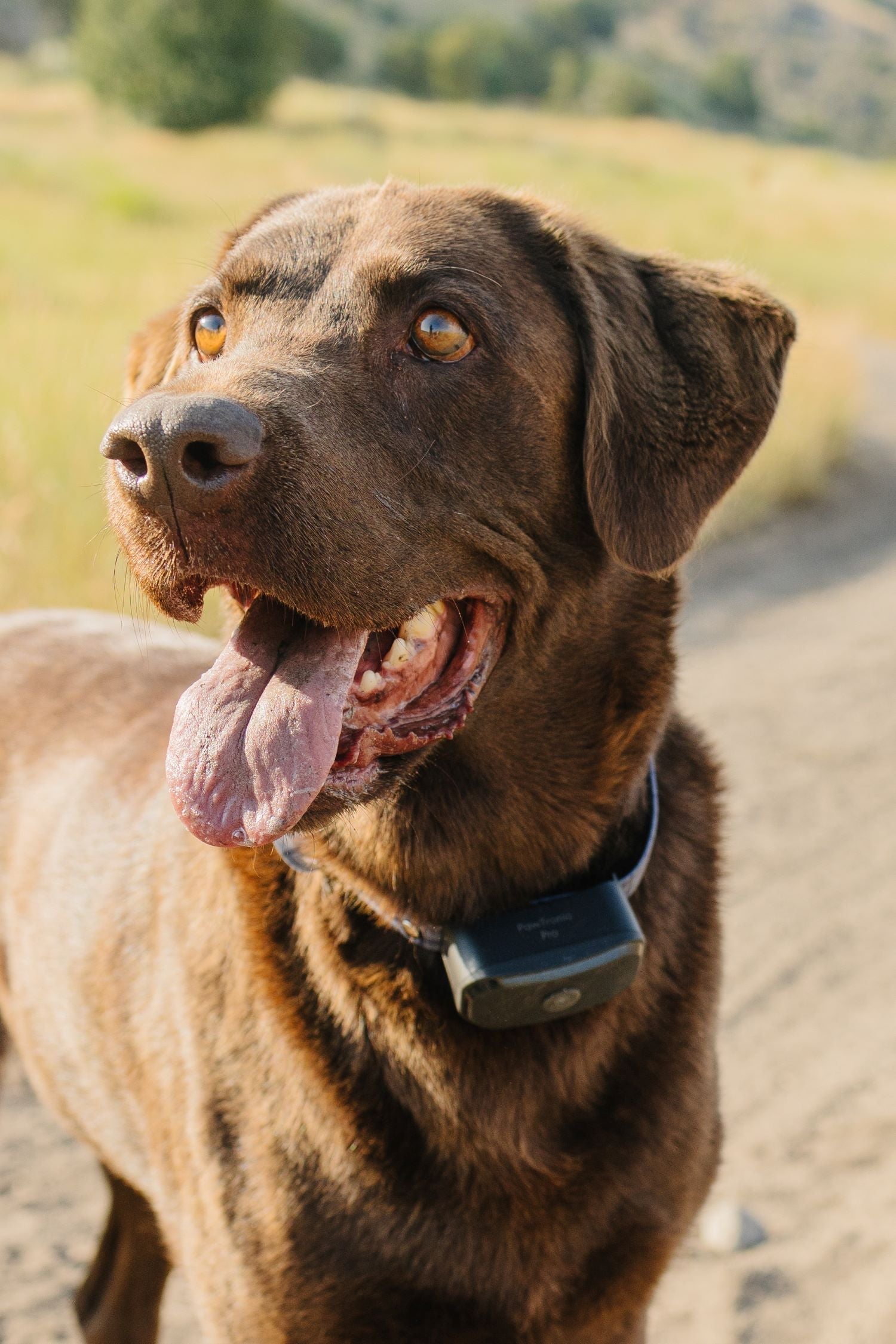Introducing new technology to your pet is not always a stressful journey, however it only needs your time and consistent effort. But with wireless dog fences, the training can become even smooth and positive when using gentle, effective techniques. These dog fence systems allow pet parents to set virtual boundaries and safe zones for your dog to make them feel at liberty while being 100% safe. However, proper training is key to ensuring your dog understands the limits set by the system and behaves accordingly.
1. Understanding GPS Dog Fence Systems
Before implying the fencing directly on your dog, first explore and understand it yourself. Read the user manual that is provided to you with the packaging and get the knowledge of each feature in detail. Some wireless fencing systems incorporate GPS technology while some are Radar-based. Each one has a different usage and different features. A dog collar equipped with GPS alerts the dog when they approach the edge of the set boundary. The alerts are in the form of sound, vibration, or mild static correction if the dog crosses the invisible fence. This helps your dog to stay put and enjoy the safe zone without attempting to escape and wandering off while giving them the freedom to roam within a safe, designated area.
2. Introducing the Collar Slowly
More than your dog, it’s important for you to have a clear understanding of how your GPS dog fence works. Read the instruction manual carefully, it’s important to get your dog comfortable with wearing the collar. Many dogs might initially be wary of a new dog collar, especially one that vibrates or makes sounds.
Steps to Follow:
- Baby Steps: Put the collar on your dog for short periods each day, gradually increasing the duration. Let your dog get used to the new collar.
- Positive reinforcement: Recompense your dog with favorite treats, affection, or playtime whenever you begin the training. This emboldens an optimistic link with the collar.
- Avoid corrections during this phase: Ensure the GPS or wireless system is turned off during the initial introduction. You don’t want your dog to experience any corrections until they’re fully comfortable with wearing the collar.
3. Teaching Boundary Awareness
Once your dog is comfortable with the collar, now proceed to setting them free in a boundary but set the setting on low so that they recognize and respect the virtual boundaries.
Step-by-Step Process:
- Leash training within boundaries: It’s pretty similar to how you’ve trained your dog for a first-time outdoor walk. Keep your dog on a leash and walk them close to the boundary line while the GPS Wireless Dog Fence system is active. When the collar emits a sound or vibration, gently pull your dog back and guide them to stay within the safe zone.
- Use visual markers: Initially, using flags or other temporary obstacles along the boundary can help your dog understand where the invisible fence lies. Since dogs are not intelligent enough to understand virtual boundaries naturally, these visual aids can make it easier for your dog to learn the boundary line during the early stages.
- Consistent corrections: Each time your dog approaches the boundary and the collar warns them, immediately give them a verbal command like “back” or “stay,” and gently lead them away. Also, don’t forget to reward them when they move back into the safe zone. This emphasizes the behavior you want them to adopt.
4. Using Positive Reinforcement
It is very equally important to treat your dog with kindness. Instead of using harsh corrections, positive reinforcement encourages desired behavior by rewarding your dog.
Techniques to Consider:
- Treats and praise: Keep a watch and let your dog free, whenever your dog successfully moves away from the boundary and turns back to the designated area, immediately reward them with a treat or praise. This encourages the connection between the right behavior and the reward.
- Games and playtime: Entertain your dog with fun activities like fetching the toy within the safe zone to encourage your dog to stay within the boundaries. Play is an influential motivator and can help your dog associate the safe zone with positive experiences.
5. Handling Setbacks with Patience
Introducing tech to your dog is not an overnight thing. For your dog to fully understand and be comfortable with the Wireless Dog Fence system is a process that requires time and patience. Let them take time and learn as the time passes by.
Tips for Managing Setbacks:
- Keep your cool: If your dog crosses the boundary or ignores the correction, calmly bring them back and repeat the training steps.
- Consistency is important: Regularly train your dog daily and reinforce the training techniques and make it a routine. Consistency will help your dog understand the boundaries more quickly. You can even try an outdoor training session if your dog loves outdoor activities.
- Evaluate the system: If your dog repeatedly ignores the correction, check whether the collar is working properly, and that the boundaries are clearly defined. Some dogs may need a slightly stronger correction, while others may need a longer training period.
Training Techniques for Dogs Using GPS Dog Fencing
Training your dog to use a GPS Wireless Dog Fence requires patience, consistency, and plenty of positive reinforcement. By following these gentle and effective training techniques, you can help your dog understand the boundaries while keeping them safe and secure. Remember, the key is to build trust and maintain a positive association with the dog fence system. If you're considering a reliable GPS dog fence, check out the PawTronic Wireless Dog Fence, which offers an easy-to-use and customizable system to keep your pet safe.
By investing time in proper training, your dog will quickly learn to enjoy the freedom of roaming while staying within the safety of the wireless boundary.




Leave a comment
This site is protected by hCaptcha and the hCaptcha Privacy Policy and Terms of Service apply.